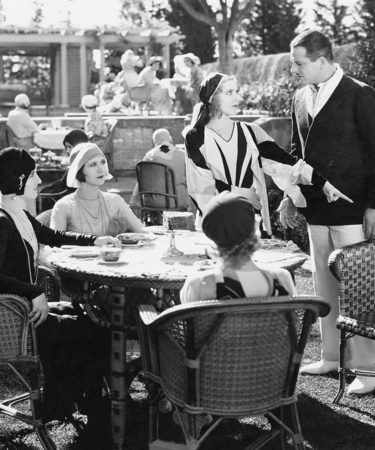Send all advice to [email protected]
I was out with a group of friends for brunch that turned into afternoon drinks. Three of my friends bought everyone a round, by which point I’d had enough. But when I got up to leave, they insisted I buy a fourth round, even though I didn’t want another drink. Were they right, or was I?
You are absolutely, unequivocally wrong. If you are with a group of friends and everyone in the group is taking turns buying rounds, regardless of whether or not you would still like a drink, when it is your turn, you need to stand up, head to the bar, and buy a drink for everyone who wants one. They bought drinks for you. Not returning the gesture not only looks ungrateful and smarmy; it also looks cheap.
Walking out on your turn to buy the round is just as bad as skipping out on the bill or failing to go out when it’s your turn to be the designated driver. It’s deplorable behavior. Don’t be that person.
Should sake be served hot or cold?
While many sushi and hibachi restaurants serve sake warm, in the world of fine sake, that is a huge no-no. In fact, if you find yourself drinking warm sake, that’s a surefire indication that the beverage in your glass is extremely cheap — they’re using heat to mask the flavor.
High-quality sake should be treated the same way as a nice white wine. Store it in the fridge and serve it with a slight chill.
What is Campari made of? How should I serve it?
Campari is the deliciously bitter red liqueur that is ideal as a mixer in famous cocktails like the Boulevardier or Negroni. It’s also perfect for sipping solo over ice. It’s a blend of equal parts alcohol, simple syrup, and distilled water, plus an infusion of oranges, rhubarb, ginseng, and a mixture of herbs. That herb mixture is a closely guarded secret.
Invented in Italy in the 1860s, the infusion caused the finished product to be an unappetizing brackish brown. To fix that little problem, the inventor of the libation, Gaspare Campari, decided to color the drink red. That red coloring used to come from cochineal dye, which is made by using dried cochineal beetles, but today Campari gets its red hue from red food coloring.
